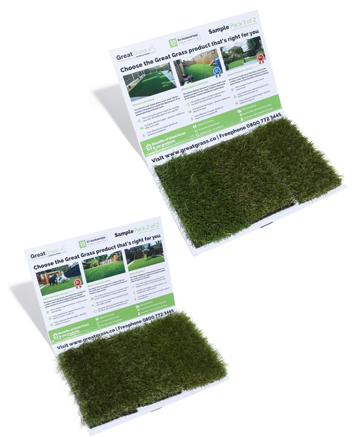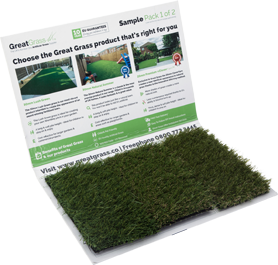Artificial grass is used widely all around the world, predominantly in back yards, as a substitute to real grass. Here at Great Grass, we like to think this is because of the low maintenance and effort required with artificial grass compared to the real stuff. Manufactured with synthetic fibres in order to mimic the effect and feel of natural grass, synthetic grass has come a long way since its creation in the 1960’s. Here is part two of our blog series on the history of artificial grass…
1970’s
Although the real grass used inside baseball stadiums was bred specifically for indoor use, the ceiling panels of the stadiums, which were painted white to reduce glare, didn’t allow enough sunlight to pass through. This meant that the grass often died quickly, leaving players playing on green-painted dead grass.
The solution to this issue was artificial grass! In the early 1970’s, a ‘base cutout’ layer was used on the diamond and dirt was only left in three locations; the pitcher’s mound, batters circle and sliding box. This helped the players to position themselves on the field correctly. Artificial grass also helped during the game as the ball would bounce significantly higher and travelled further, meaning that although the players would have to run further, they had more time to react.
American Football
In 1969, the Gridiron Stadium located in Philadelphia swapped natural grass artificial, becoming the first National Football League to make the switch. Following this, in 2006, the Gillette Stadium also swapped to artificial grass due to weather conflicts associated with natural grass.
Landscaping
Since the beginning of the 1990’s, artificial grass has become more widely developed and is no longer limited to sports and athletic fields. It’s introduction into residential areas was wide spread and the continued improvement of the quality of artificial grass keeps this popularity rising.
Here at Great Grass, we are the top suppliers of artificial grass! The idea that the product we sell and provide has been able to develop over almost 60 years just shows its value. Get in contact today to find out more information!


